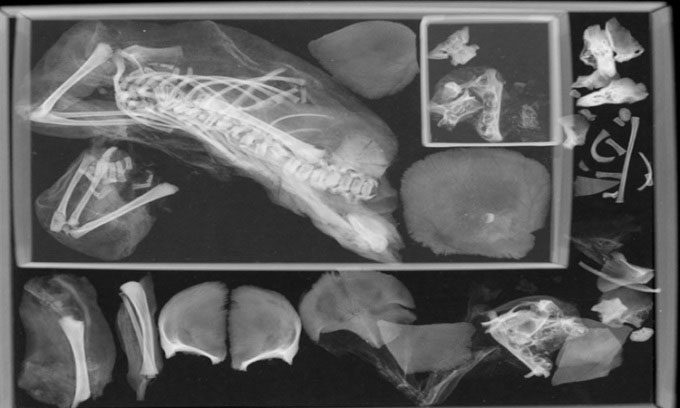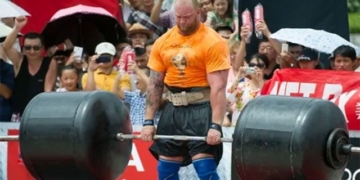Researchers Discover a Young Ancient Egyptian Girl Who Died During Childbirth of Twins.

CT scan of the fetus in the mummy’s abdomen. (Photo: International Journal of Osteoarchaeology).
A team of experts analyzed the mummy of a young girl who died giving birth in ancient Egypt, revealing that the young mother passed away during the delivery of twins. The birthing process ended tragically when the head of the first baby became lodged in the cervix, resulting in the deaths of both infants and the mother. The research findings were published in the International Journal of Osteoarchaeology, as reported by IFL Science on December 26.
The research team, led by Francine Margolis from the Department of Anthropology at George Washington University, speculated that the girl died at the age of 14 to 17 years. Her mummy was excavated in 1908 at the El Bagawat cemetery on the Kharga Oasis in Egypt. Field notes from that time indicated that the girl’s body was found with a fetus and placenta between her legs, leading to the conclusion that the young mother died from childbirth complications.
Upon re-examining the mummy after more than a century, Margolis and her colleagues conducted a computed tomography (CT) scan of the body to accurately determine the cause of death. They were surprised to discover that the scans revealed the presence of a second fetus within the woman’s thoracic cavity, indicating that she was pregnant with twins. Additionally, the researchers noted that the child positioned between the woman’s legs was missing its head. Further investigation revealed that the baby’s head was lodged in the mother’s pelvis. The most plausible explanation for this situation is that the baby was in a breech position, meaning the feet were presented first instead of the head. In this position, the baby’s body would encounter greater difficulty passing through the cervix and could become stuck.
Regarding the second fetus, researchers suspect that the embalmers may not have known that the girl was pregnant with twins, and therefore did not remove it from the mother’s body before embalming. As the diaphragm of the mummy decomposed, the unborn fetus may have shifted from the uterus into the thoracic cavity.
“The examination results of the mother and the twin fetuses reaffirm the dangerous nature of childbirth, particularly in ancient times,” the research team concluded. Notably, being a twin was considered undesirable in ancient Egyptian society, often associated with charms and curses.


















































